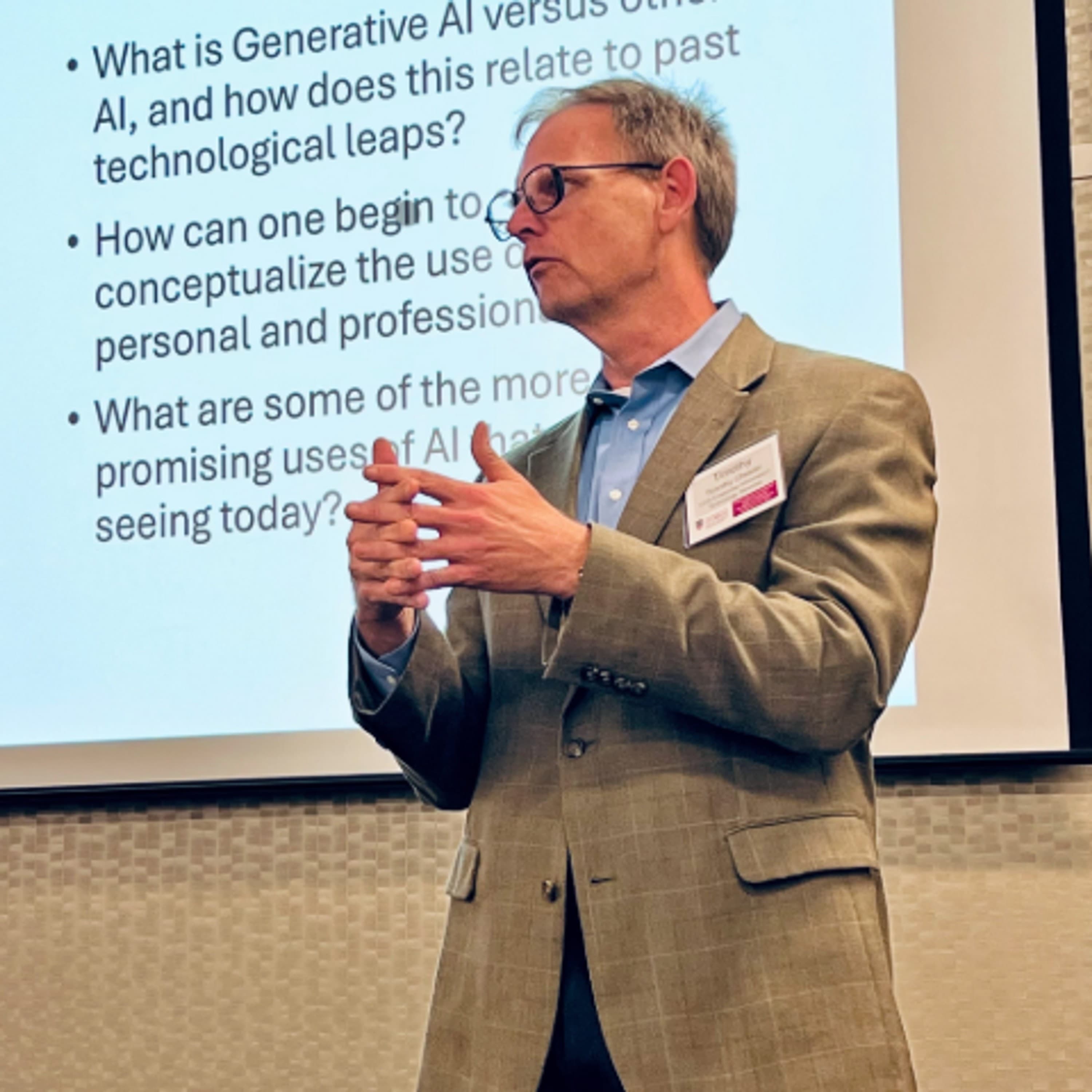Deep Dive: The AI-Infused University
Universities globally are adapting to an AI-infused future. Navigating the AI revolution in higher education requires actionable strategies to make smart AI investments, avoid common pitfalls, and achieve real impact. This podcast discusses how AI enhances teaching, research, and administration, explores strategic investments for maximizing productivity, and addresses risks like cultural resistance and cybersecurity.
About the podcast
Technology is reshaping higher education, leadership, and the economy—but the biggest challenges aren’t just technical, they’re cultural and structural. Created by Timothy Chester, this podcast explores the real impact of AI, automation, and digital transformation on universities, work, and society. With a sociologist’s lens and decades in higher ed IT leadership, he cuts through the hype to uncover what truly matters.
Share this episode
Share with friends and family
